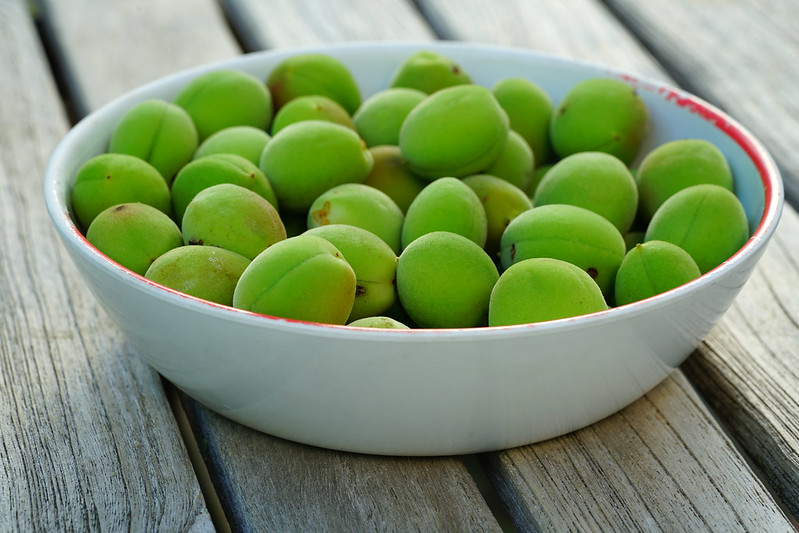
Delicious Japanese Fruits
Japan prides itself on its many gastronomical delights. Freshness is an unquestionable factor when it comes to the ingredients used in all Japanese cuisine. Fruits are laboriously cultivated by expert farmers and are packed with care. Here are some popular Japanese fruits to try when in Japan:
Sudachi
Sudachi is a small, round, green citrus fruit with a sour taste similar to an orange. The fruit is a specialty of Tokushima Prefecture and is a symbol of the area where majority of the fruit is cultivated. Sudachi has been cultivated for centuries in parts of Japan and is widely used in Japanese cooking and considered indispensable when eating matsutake mushrooms. The plant has white flowers that bloom in May and June. The fruits grow in bunches or clusters that are harvested in the fall. Though sudachi fruits turn yellow-orange when ripe, they are normally used and harvested while still green.
Fuji apple tree
Fuji Apple is a hybrid apple developed by the growers of the Tohoku Research Station in Fujisan, Aomori in the late 1930s and introduced to the market in 1962. The fruit is named for the town of Fujisaki where Tohoku Research Station is located. The Fuji apple is a cross between two American apple varieties, the Red delicious and old Virginia Ralls Genet apples.
Fuji apples are known for their crisper texture and dense flesh compared to other varieties as well as their sweetness, with a 9-11% sugar content by weight. They are a favorite among apple consumers worldwide and can remain fresh with refrigeration for up to a year. Fuji apples are mostly grown in the Aomori Prefecture with about 900,000 tons being produced annually.
Kyoho grapes
Kyoho grapes or “giant mountain grapes” are a cross between Ishiharawase and Centennial grape varieties. They are large, dark purple to almost black in color, and have thick skin. They can sometimes grow as big as plums and are usually peeled before being eaten. The flesh is juicy and sweet with mild acidity. Kyoho grapes were first produced in 1937 in Shizuoka Prefecture but were only named in 1946. They are produced today mainly in the prefectures of Nagano and Yamanashi.
Ume
Ume or Japanese apricots are from the Prunus mume tree prolific in Asia. The flowers of the tree are plum blossoms that blossom during late winter and early spring. Ume is regarded as a seasonal symbol in Japan. The Prunus mume tree species is related to plum and apricot trees. Ume is known for its unique sour taste and is rarely eaten straight from the tree. Ume fruit is commonly used to make umeboshi pickles and is an ingredient in many Japanese dishes.
Ume. | Austin Keys




